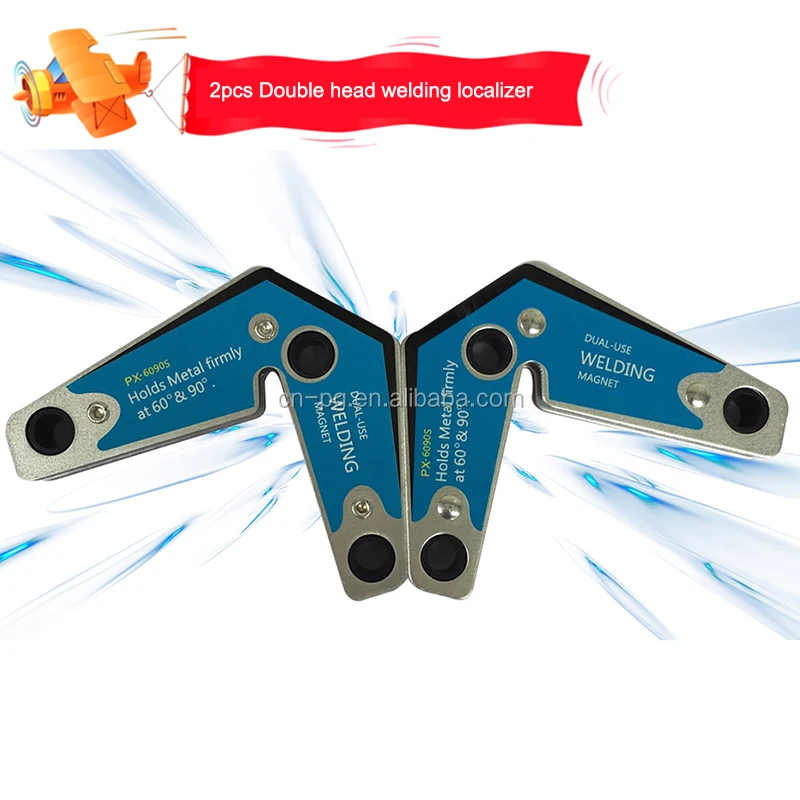
Comments are located between empty lines, while our context/text rules use carriage return and line feed, so it can break our rules.īut don’t worry, if you know regular expressions, you can find workaround based on regular expressions and define correct rule (Thanks Jaakko for help).… but here we can’t use simple definition with comments, because: There is big difference in defining rules for our second text file, if we add comments. Now you can only add language and scan file. You also need define comment. For doing it you should click on “Comments” tab in bottom part of the wizard window and type comment “#” in line comment field. However, we can use rules from our first example (without comments). Comments are usually preceded by special marks, and in our example we used “#”Ĭommonly used comment marks are “//”, sometimes “#”, “ ” or “?”, but there is no fixed syntax, so Sisulizer doesn’t fill automatically context and text items. Text files often contain comments with important information from developers. With our defined rules based on carriage returns and line feeds (items in file are separated by line breaks and empty lines) we can add localization languages, finish the wizard and scan source.

You can type it manually or click “+” button and select item in popup menu. Then you need set appropriated characters before or/and after item. text rule) you need click “Add” button and next select “Text”item in “Type” dropdown menu visible in bottom part of opened “Text Rule” dialog. For optional editing of existing rule double click it or click “Edit” button. One context item with default settings item is automatically added to list. In our next example original and translation (identical with original but after localization replaced by strings in targeted language) are separated by line breaks and all pairs are separated by empty lines.įor such structure we need define detailed rules for context and text items. Let’s assume that a text file is similar to standard INI file with keys, separators and values:įor this simple structure Sisulizer should automatically detect and set correct structure, so you need only click “Next” button. Otherwise, select the “User defined text file”. Below are 4 examples of text definitions for different text files. this is an EULA, you should select “Plain text” option in the Project Wizard. If you needn’t use a parsing definition, because your file is simple text file e.g.

LOCALIZER TOOL FREE
Text sources could have very different internal structure and for this reason our R&D give free hand our users, so actually you can fully define parse rules for your non standard text file.


 0 kommentar(er)
0 kommentar(er)
